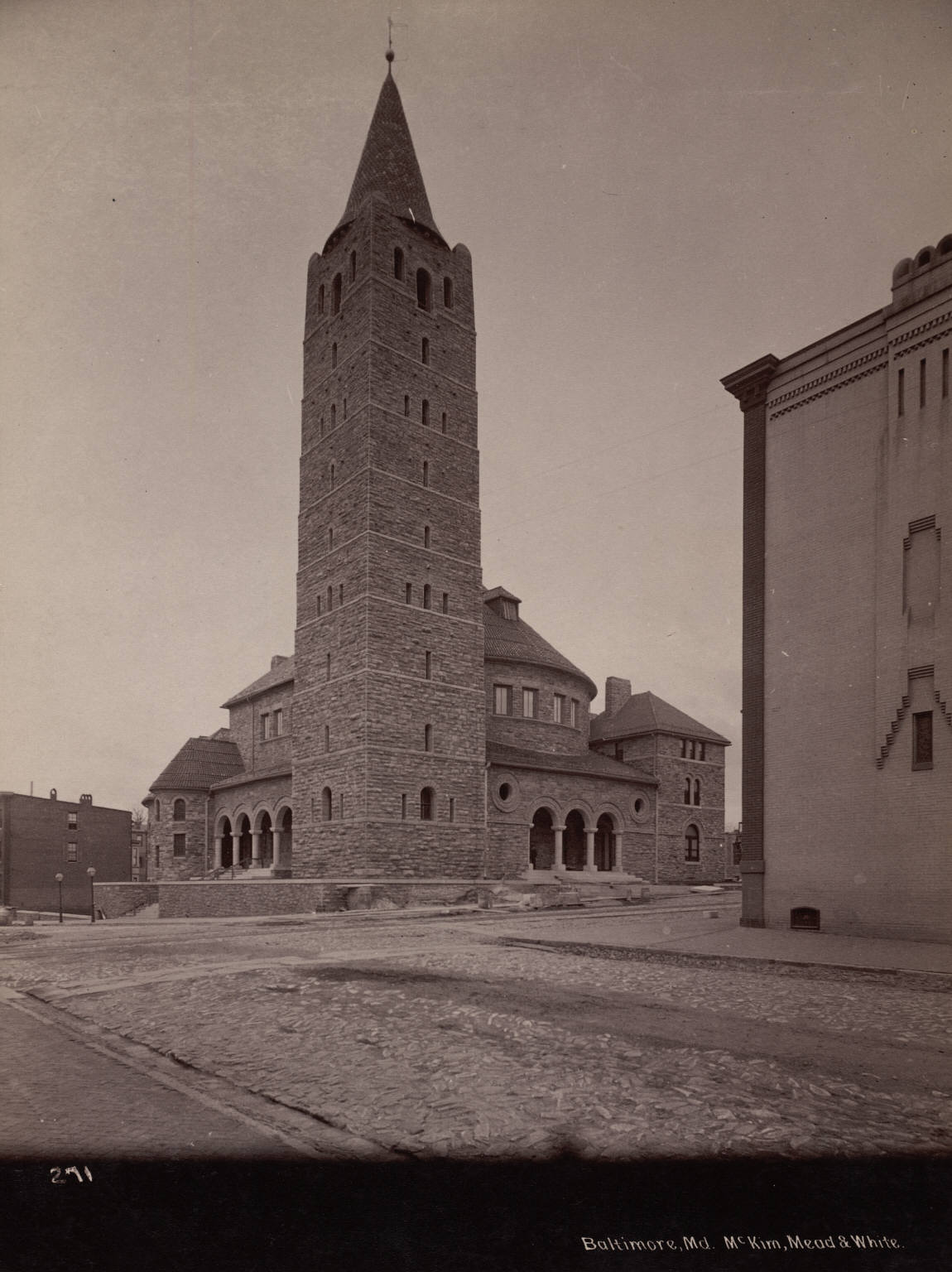History
(The Mother Church of American Methodism)
The Original Lovely Lane Meeting House was built in 1774.
Ten years later, the Methodist Societies hosted the famous Christmas Conference at Lovely Lane Meeting House, where a new denomination was born: the Methodist Episcopal Church.
John Wesley had reluctantly agreed to the American Methodists’ desire to organize their own church. He sent Thomas Coke to supervise the process and to consecrate Francis Asbury as “general superintendent” of the Methodists in America. When Coke and Asbury met at Barrats Chapel in November 1784, Asbury refused the appointment unless the preachers elected him. The meeting was scheduled for the next month, December, at Lovely Lane Meeting House in Baltimore.
Freeborn Garrettson was sent “like an arrow,” in Coke’s words, to contact as many preachers as possible to meet in Baltimore. Garrettson recorded in his journal: “My dear Master enabled me to ride about twelve hundred miles in about six weeks; and preach going and coming constantly. The conference began on Christmas day.” More than sixty preachers (and numerous visitors) responded to Garrettson’s call.
Friday, December 24, 1784: …” It was agreed to form ourselves into an Episcopal Church, and to have superintendents, elders, and deacons. When the conference was seated, Dr. Coke and myself were unanimously elected to the superintendency of the Church, and my ordination followed …We spent the whole week in conference, debating freely, and determining all things by a majority of votes… We were in great haste, and did much business in a little time.” Francis Asbury, Journal.
Besides organizing a church and approving Asbury and Coke as their leaders, the members elected twelve preachers as “elders,” Wesley’s suggested term for fully ordained clergy. The conference also formally adopted The Sunday Service, Wesley’s abridgement of the English Book of Common Prayer, as the new church’s liturgical guide.
In 1786, the Lovely Lane congregation relocated to nearby Light Street, and the original site was later occupied by the Merchants Club, whose building now houses the Baltimore International College (now 206 E. Redwood St.).
Today the Lovely Lane name is kept alive by the continuing congregation, formerly First Methodist Church, and now again Lovely Lane United Methodist Church.

Lovely Lane Meeting House, Baltimore, Maryland.
Artist: Ruckle, Thomas Coke, 1811-1891.
The first building of the Methodist Societies and Lovely Lane Congregation, Lovely Lane Meeting House once stood on the site of the present Merchants Club on Redwood St. east of Calvert.
The foundation was laid in 1774 and the building was ready for use shortly thereafter. Here the Methodist Societies in the U.S. were organized into the Methodist Episcopal Church in the United States of America, December 1784.




